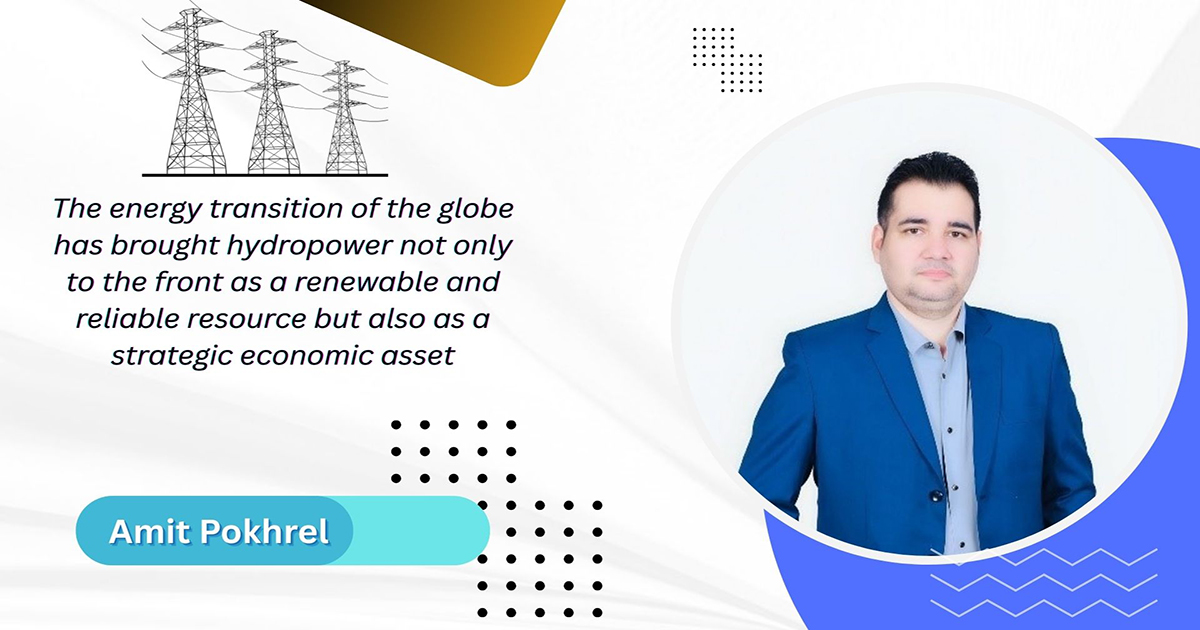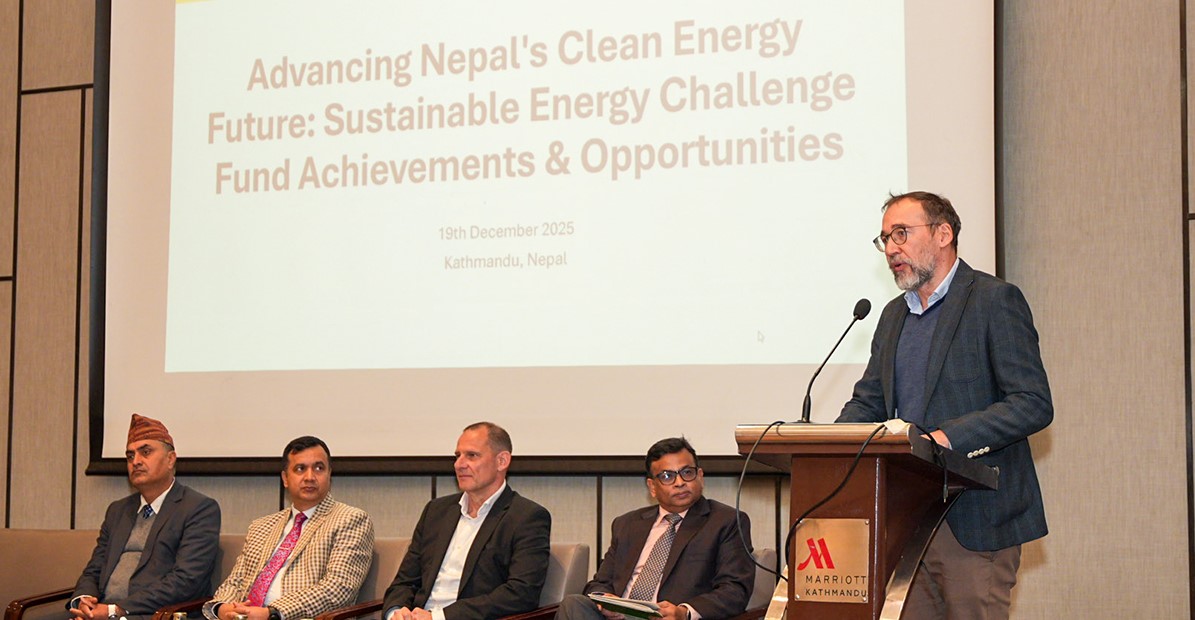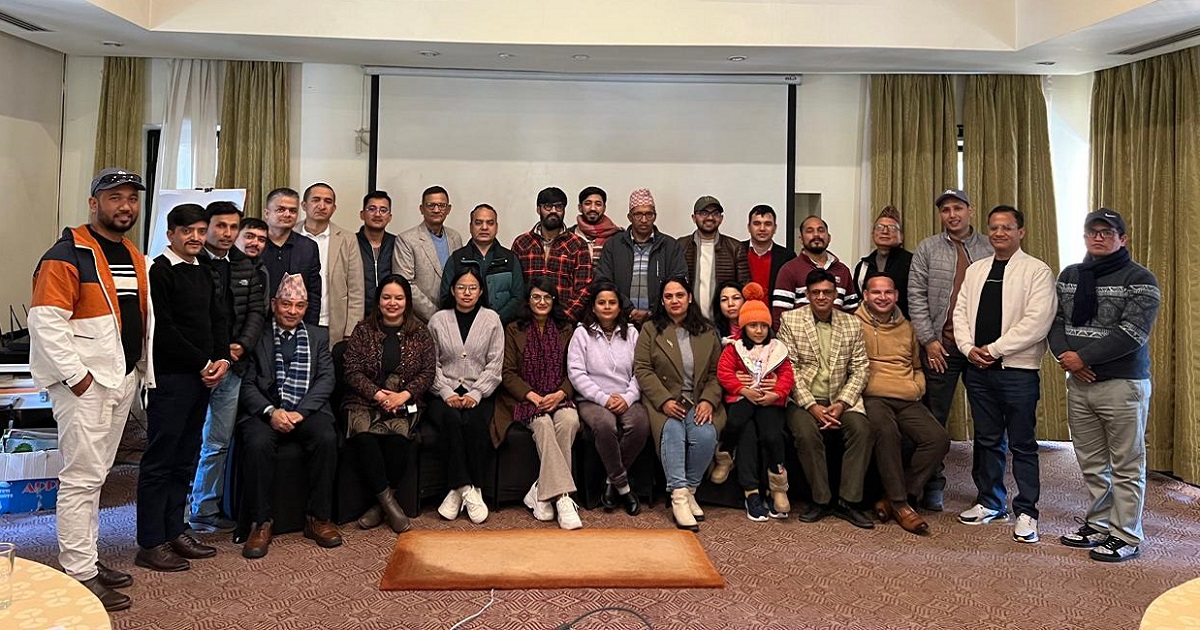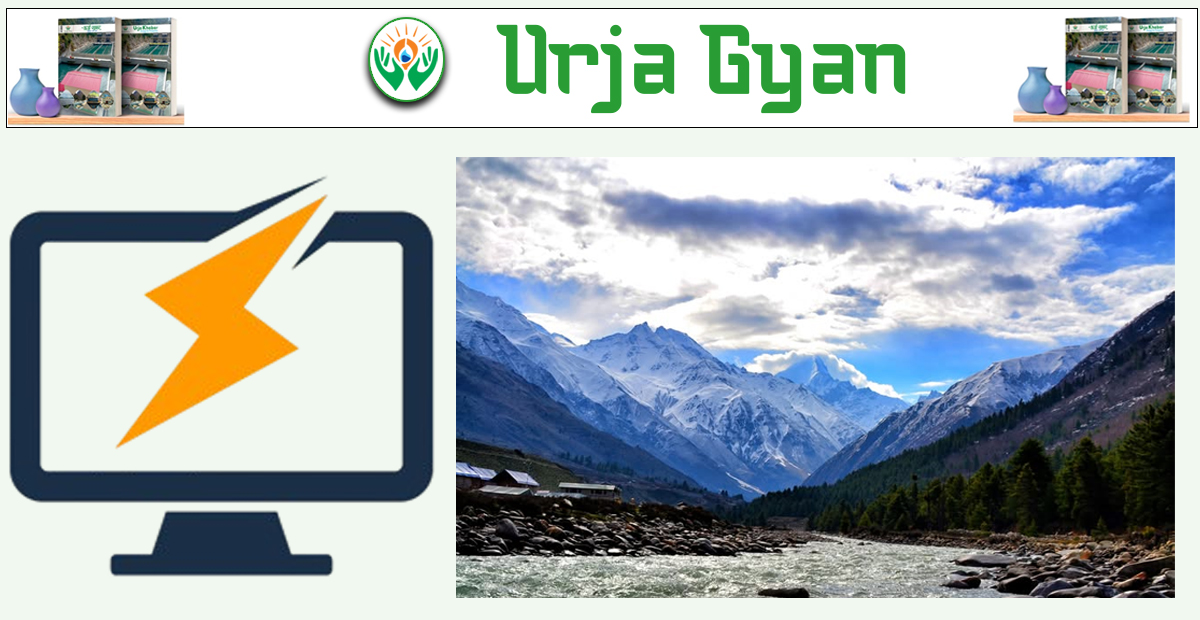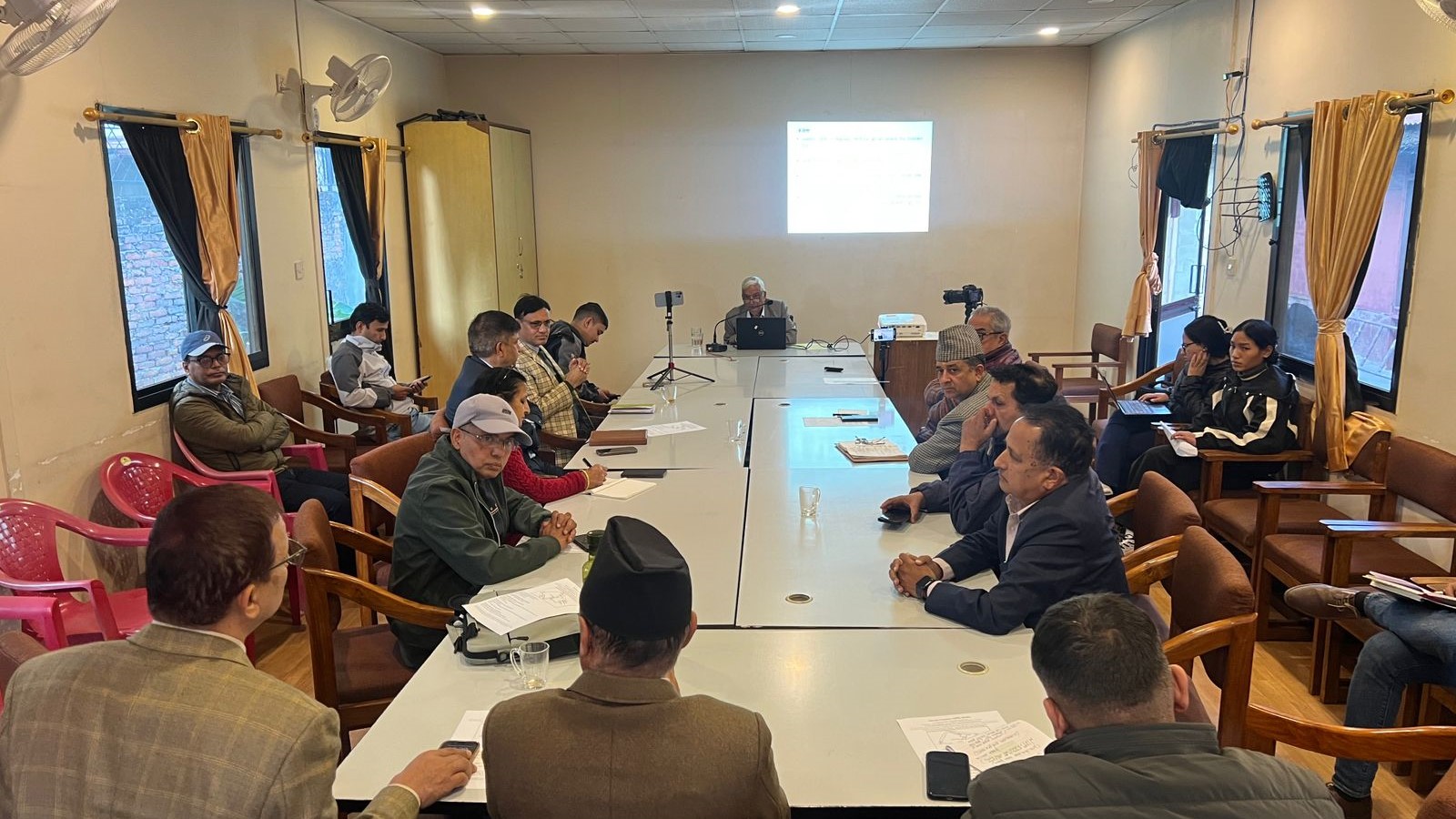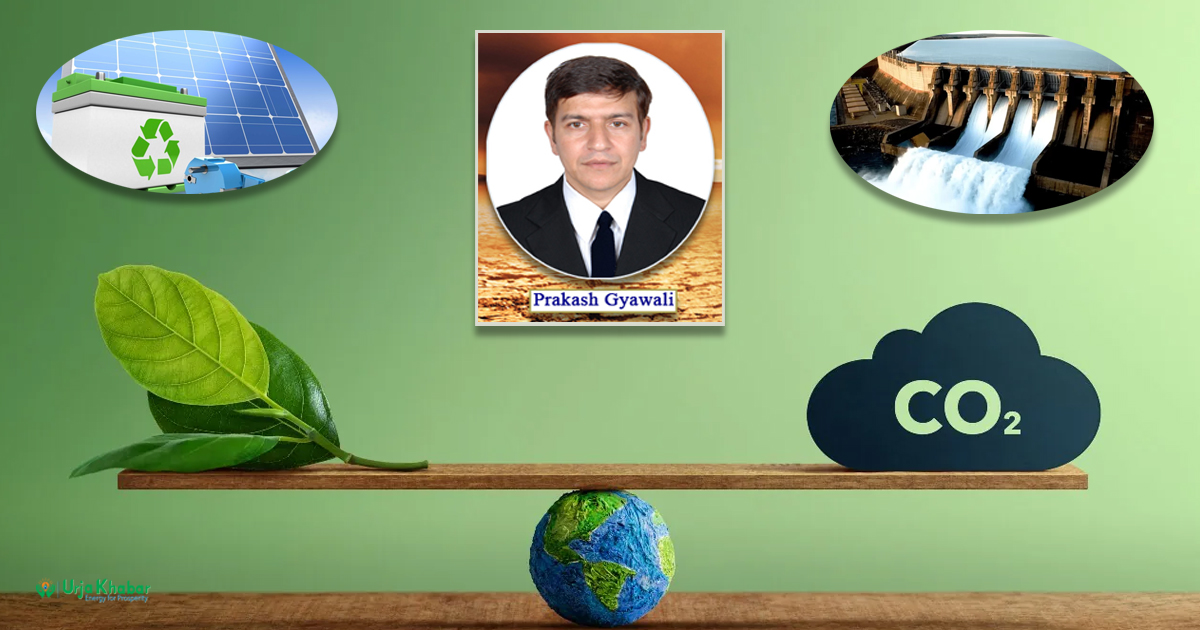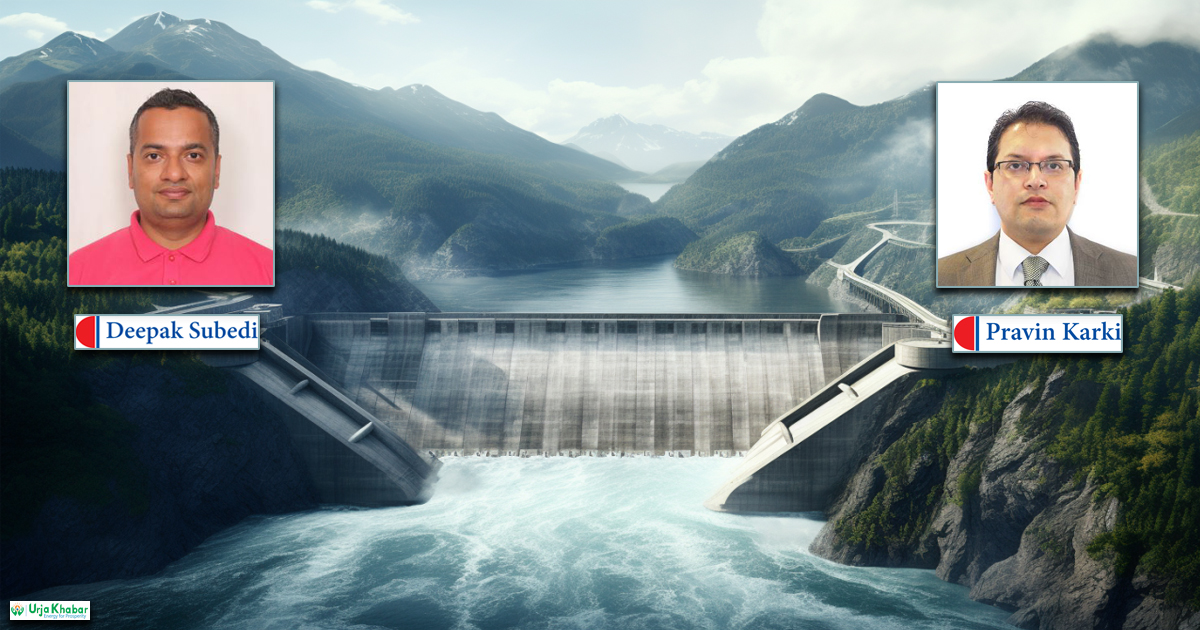Energy Update
‘Flovel's Success in Advancing Nepal’s Hydropower Development’

1. How do you perceive the expansion of Flovel’s market in Nepal’s energy development sector?
As you are aware, Flovel has been synonymous with the hydropower sector for over five decades. Flovel is an India-based manufacturer of hydraulic turbines and valves and a full-line supplier of Electromechanical Equipment & Servicesfor Small & Medium Hydropower plants. Flovel is relatively new to the Nepal market but has already established a strong footprint here. With 27 hydro projects in its portfolio, Flovel is the fastestgrowing EM manufacturer in Nepal. Flovel has added a new state-of-the-art workshop to its currently existing workshop at Faridabad, India, targeting medium and large hydropower projects. Flovel has three full-time engineers posted in Nepal with a prime focus on aftersales service and spares-related requirements.

Flovel is receiving a positive response. Flovel is here for the long run and preparing to meet the demand of Nepal’s requirement of a quality EM partner.
2. As a businessperson and a hydropower promoter, what types of equipment do you consider essential in Nepal’s hydropower sector, especially in light of climate change and increasing natural calamities?

In Nepal’s hydropower sector, both the growing demands of energy generation and the challenges posed by given issues require a careful selection of equipment. The right technology and infrastructure can enhance resilience and optimize energy production while also minimizing the environmental impact. The equipment/ infrastructure to be considered are:
a. Hydropower Turbines
• Francis Turbines: For medium- scale to large-scale projects, these turbines are commonly used in Nepal and can be adapted to varying water flow conditions, which may be influenced by shifting weather patterns due to climate change.
• Pelton and Kaplan Turbines: For projects involving high-head (Pelton) or low-head (Kaplan) systems, these turbines are vital for optimizing efficiency in diverse geographical conditions. Hydropower plants may need turbines that can operate effectively even during seasonal or long-term variations in river flow.
b. Flood Protection and Control Infrastructure
• Reservoir and Dam Safety Equipment: With Nepal’s vulnerability to monsoon-induced floods and landslides, safety infrastructure like floodgates, spillways, and pressure relief systems is critical for preventing dam failure. These systems help control sudden increase in water volume.
• Sediment Management Systems: Sediment buildup can damage turbines and reduce efficiency, so effective sediment flushing mechanisms and hydraulic dredging systems are essential to maintain operational efficiency and ensure long-term sustainability.
c. Advanced Monitoring and Control Systems
• SCADA Systems (Supervisory Control and Data Acquisition): A modern SCADA system helps operators remotely monitor the status of the plant, detect anomalies, and respond to operational issues quickly. It is especially useful for early detection of problems caused by natural calamities like earthquakes or floods.
d. Seismic-Resilient Infrastructure
• Earthquake-Resistant Structure: Since Nepal lies in a seismically active zone, the hydropower infrastructure needs to be designed and constructed to withstand earthquakes. It includes using seismic dampers and flexible construction materials that allow some movement during tremors.
e. Flood Forecasting and Early Warning System
• Weather Prediction and Flood Forecasting Technology: The use of advanced meteorological equipment for real-time weather data is crucial for anticipating floods or drought conditions that can significantly affect hydropower generation. These include rain gauges, flow meters, and weather radar systems.
• GIS (Geographic Information Systems) for Disaster Management: GIS tools are useful for mapping flood-prone areas and predicting the potential impacts of natural disasters on hydropower plants, which is important for mitigation and emergency response planning.
f. Micro and Mini-Hydropower Equipment (for Remote Areas)
• Small-Scale Turbines: Micro-hydropower systems are becoming an important solution for off-grid rural areas, especially as climate change may cause shifts in seasonal water availability. Low-cost, durable, and easily deployable micro and miniturbines can help power remote communities.
• Hybrid Systems: Combining micro-hydropower with other renewable sources like solar or wind can provide more stable and reliable energy to the community while reducing reliance on fossil fuels. Nepal’s hydropower sector requires a combination of advanced hydropower turbines, flood management infrastructure, seismic-resilient designs, smart grid systems, and environmental safeguards to address both the growing demand for energy and the increasing threats posed by climate change and natural calamities. Integrating climate-resilient technologies, data-driven monitoring systems, and sustainable practices will help Nepal’s hydropower sector become more adaptable, reliable, and environmentally responsible in the face of a changing climate.
3. From the perspective of a hydropower entrepreneur, what are the primary risks associated with hydropower development in Nepal?
There are several key risks associated with the development of hydropower projects, ranging from environmental to political and financial factors.
a. Regulatory and Policy Risks
• Changes in Policy and Regulations: Frequent changes in hydropower-related policies including local government guidelines, licensing, and land acquisition processes, can create uncertainty and disrupt project timelines and financial forecasts.
Regulatory Delays:• Bureaucratic inefficiencies, frequent changes in the governing bodies, and complex compliance requirements often lengthen the permitting process.
b. Political Instability
• Government Changes and Policy Shifts: Political instability could lead to delays in decision-making, non-implementation of projects, or shifts in the focus of infrastructure development. • Local Politics and Conflicts: Local resistance to hydropower development is common, especially when communities are displaced or affected by projects. Political conflicts at the local level can lead to protests, strikes, or legal challenges that delay or derail projects.
c. Environmental and Social Risks •
Environmental Impact: Nepal’s natural landscapes are vulnerable to environmental degradation from hydropower projects. Issues such as river ecosystem damage, changes to water flow, and fish migration can attract criticism from environmental organizations, leading to public backlash, legal challenges, or regulatory scrutiny.
• Social Displacement: While going into land acquisition process, if the compensation process is not handled effectively, it can lead to protests, legal battles, and long-term social unrest. Inadequate resettlement packages and poor rehabilitation measures can tarnish the developers’ reputation.
• Cultural and Heritage Concerns: Many hydropower projects are located in areas with significant cultural or historical importance to local communities. Failure to address the cultural sensitivities of affected communities can result in resistance, social unrest, and protests.
d. Financial Risks
• High Capital Investment: Hydropower projects, particularly large-scale ones, require significant upfront capital investments. Political instability, environmental concerns, and regulatory uncertainties can result in notable risks to make it difficult to obtaining financing.
• Financing and Currency Risks: Many projects depend on foreign loans or investments, which exposes developers to risks of currency exchange rate, interest rate fluctuations, and changes in the global investment climate.
• Project Cost Overruns and Delays: As with any large infrastructure project, cost overruns and delays are a common risk. Delays in obtaining permits, construction challenges due to Nepal’s mountainous terrain, and unforeseen environmental conditions can increase costs and extend project timelines.
• Revenue Risks: Uncertainty regarding the future of power purchase agreements (PPAs) and tariffs, especially in the context of changing energy policies, may affect revenue generation potential of a project. Additionally, power pricing might not reflect the true cost of production, leading to financial shortfalls.
e. Geological and Environmental Hazards
• Natural Disasters: Nepal is located in a seismically active zone and is prone to earthquakes, landslides, and floods. These natural hazards pose a significant risk to the safety of hydropower infrastructure and could lead to the destruction of facilities, delayed construction, or additional repair costs.
• Water Availability and Climate Change: Shifts in rainfall patterns, reduced snowmelt, or more extreme flooding caused by changing weather patterns and climate change could reduce the predictability and sustainability of water resources, affecting the operational performance of hydropower plants.
f. Infrastructural and Technical Risks
• Access to Remote Locations: Many hydropower projects in Nepal are located in remote and rugged mountainous regions, which presents logistical challenges in transporting equipment and labor. Poor infrastructure, including inadequate road access, can delay construction and increase operational costs.
• Transmission Infrastructure Constraints: Nepal’s transmission and distribution network is limited, which can create bottlenecks for the evacuation of power from hydropower plants to urban centers or export markets. Investments in upgradation of the grid infrastructure are necessary but can be costly and time-consuming.
• Technical Expertise and Local Capacity: Developers often rely on foreign contractors and consultants, which can increase costs and create dependencies. The local capacity for operating and maintaining large hydropower plants is still developing, and there is a risk of underperformance due to technical issues or lack of training. 
g. Market and Export Risks
• Export Markets and Power Grid Connectivity: While there is potential to export power to neighboring countries like India and China, the actual realization of these opportunities depends on cross-border energy agreements, grid interconnection projects, and the political climate. Delays in the development of regional transmission infrastructure or changes in trade policies could hinder export opportunities.
• Domestic Demand: While Nepal’s domestic electricity demand is growing, it still depends heavily on imported electricity, particularly during dry seasons when hydropower generation is low. A mismatch between power supply and demand can affect the financial performance of hydropower projects, especially if they cannot export surplus power.
h. Supply Chain and Material Risks
• Material Shortages and Supply Chain Disruptions: Given Nepal’s landlocked geography, many construction materials and equipment must be imported, often from India, China, or other countries. Disruptions in the supply chain (due to global shortages, trade barriers, or political issues) can delay construction or increase costs.
• Skilled Labor Availability: The demand for skilled labor (such as engineers, technicians, and project managers) often exceeds the supply, which can slow down the project development process. Despite having significant opportunities in hydropower due to the country’s abundant water resources, it is fraught with numerous risks. Entrepreneurs need to carefully manage regulatory, environmental, financial, technical, and political risks while working closely with stakeholders to ensure the sustainability and profitability of their projects. Success in this sector requires a solid risk management strategy, local engagement, and a strong understanding of Nepal’s unique challenges and opportunities in hydropower development.
4. What key factors should hydropower producers prioritize to ensure their projects’ resilience and sustainability?
Producers must prioritize several key factors that address environmental, social, economic, and operational considerations. These factors are crucial for maintaining the long-term viability of hydropower plants while minimizing negative impacts.
Operational Efficiency:
Maintaining and upgrading turbines, generators, and other infrastructure is crucial for longterm operational efficiency. Regular maintenance schedules and modernization programs help extend their lifespan and optimize energy production.
Climate Change Adaptation
• Water Availability: Hydropower is highly dependent on water flow, which can be affected by changing precipitation patterns and temperatures due to climate change. Producers should invest in forecasting systems, diversify water sources (e.g., integrating with other renewable sources), and adapt their operational strategies for varying hydrological conditions.
• Extreme Weather Events: The frequency of extreme event such as droughts, floods, and heatwaves is rising. Hydropower projects should be designed to withstand these events, including infrastructure that can handle flooding and fluctuating water levels.
Summerising, ensuring the long-term resilience and sustainability of hydropower projects requires a holistic approach, balancing ecological, social, economic, and technical factors. By addressing these dimensions effectively, hydropower producers can contribute to sustainable energy generation while safeguarding vital environmental and social values.
This interview is taken from the 7th issue of Urja Khabar, a bi-annual magazine. Which was published on 7 January, 2025.
Conversation
- Info. Dept. Reg. No. : 254/073/74
- Telephone : +977-1-5321303
- Email : [email protected]






